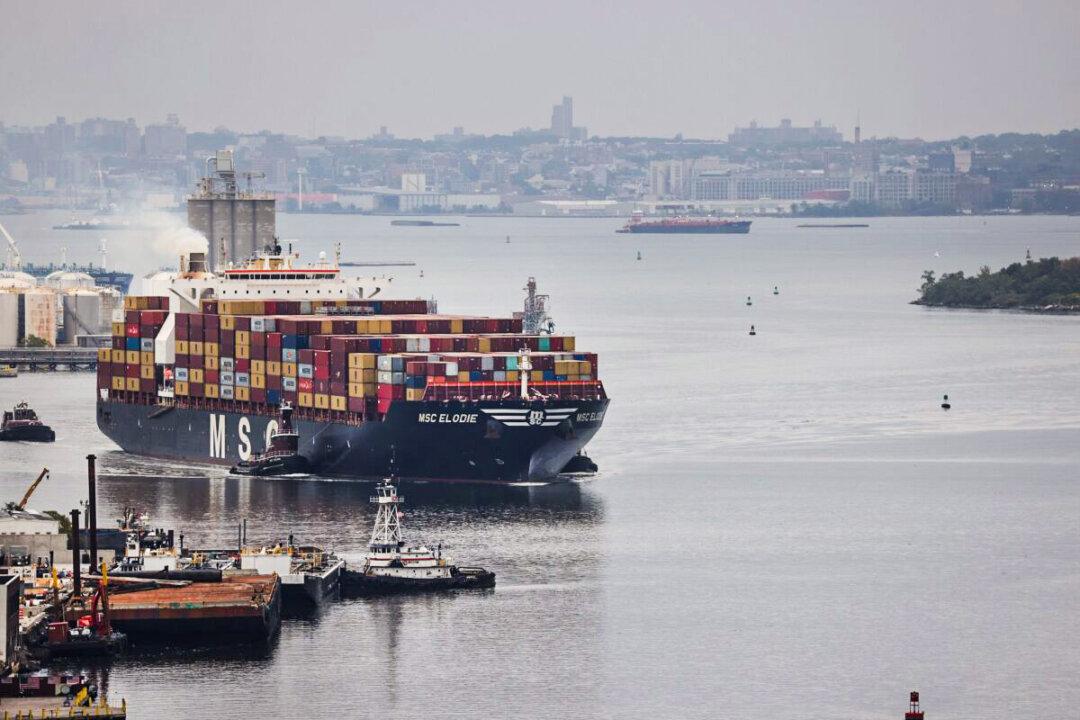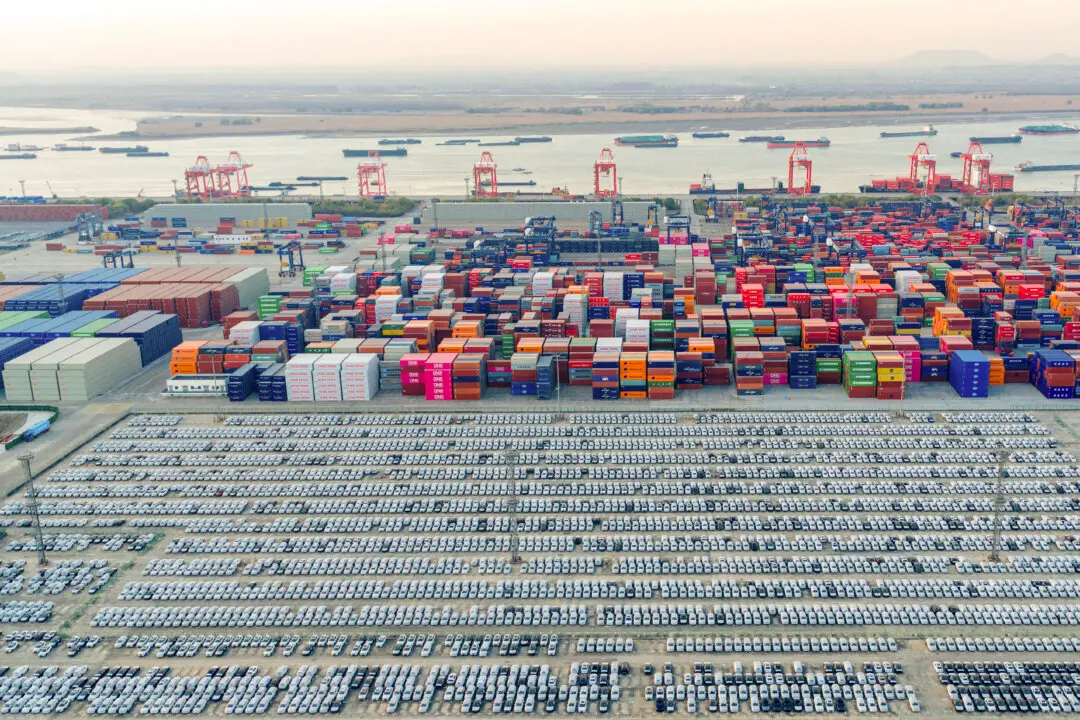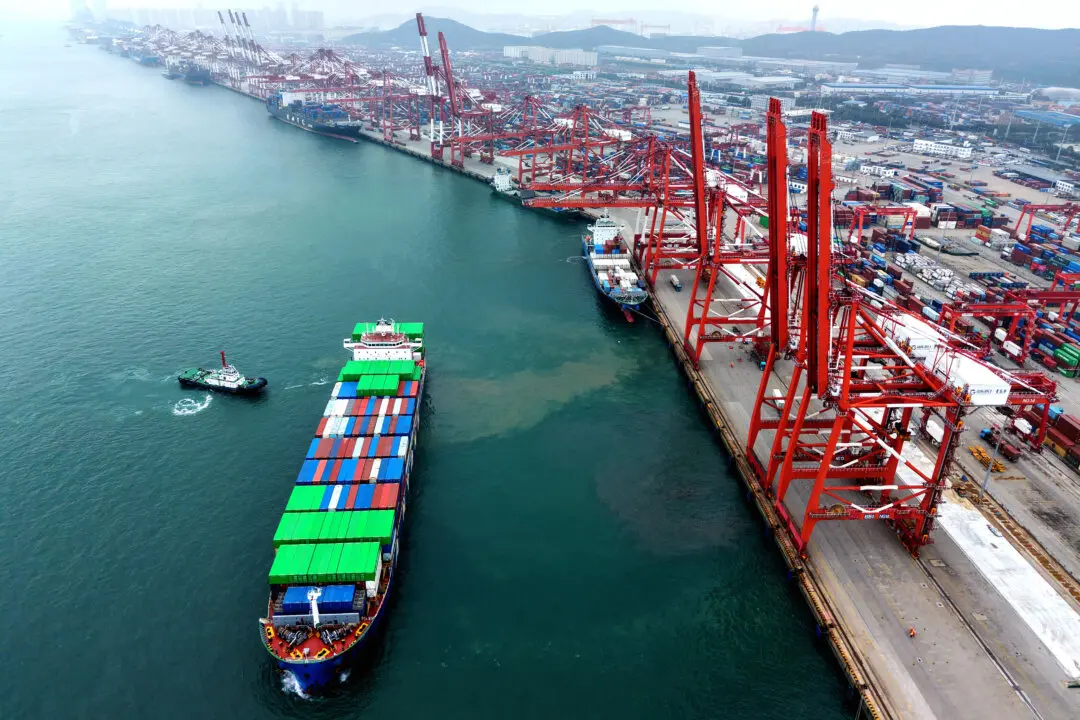Commentary
President Joe Biden blames inflation on supply chain problems. He has assured the American people that since supply problems will lift soon, so will inflation pressures. He’s wrong on both counts. The inflation reflects more than supply chain problems, but even if it were just supply matters, they will persist longer than he claims.





